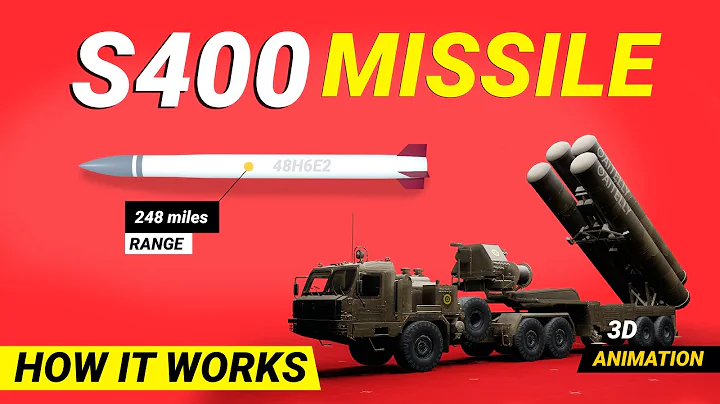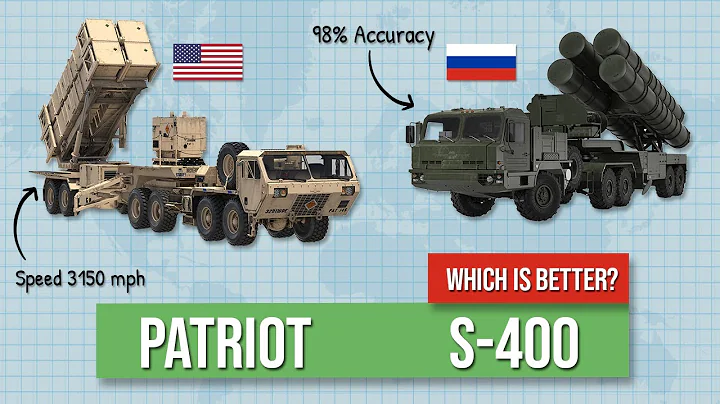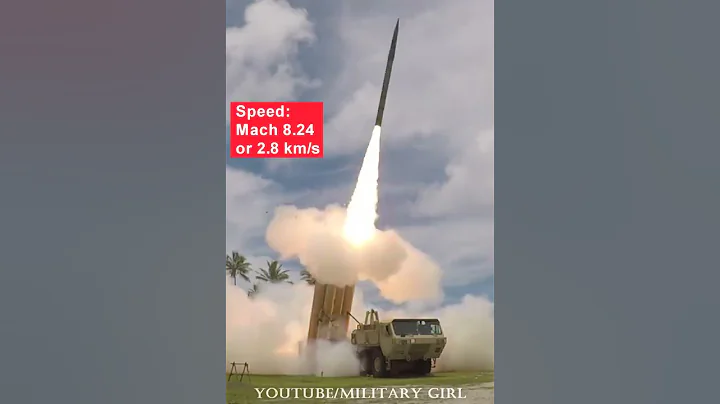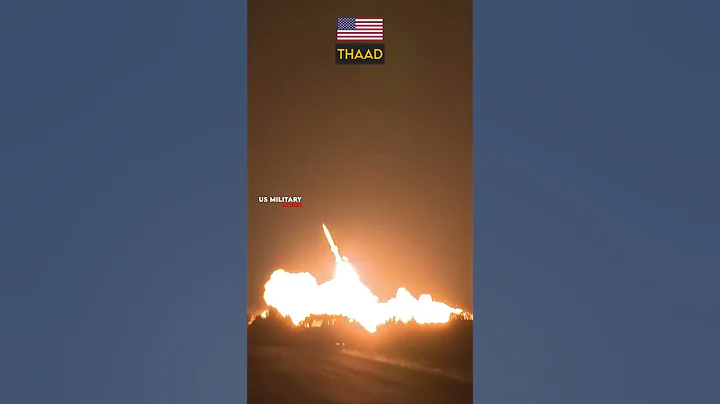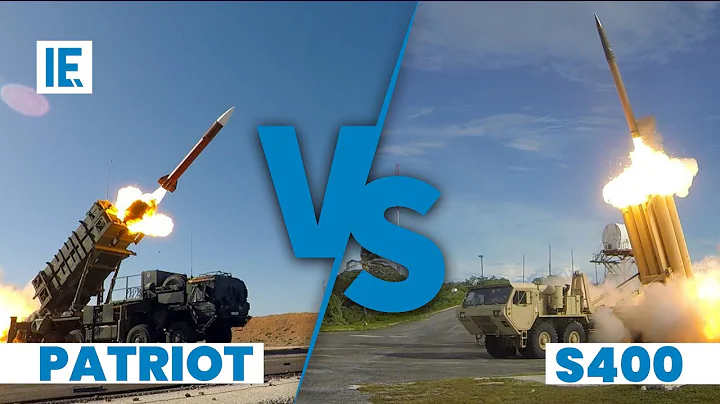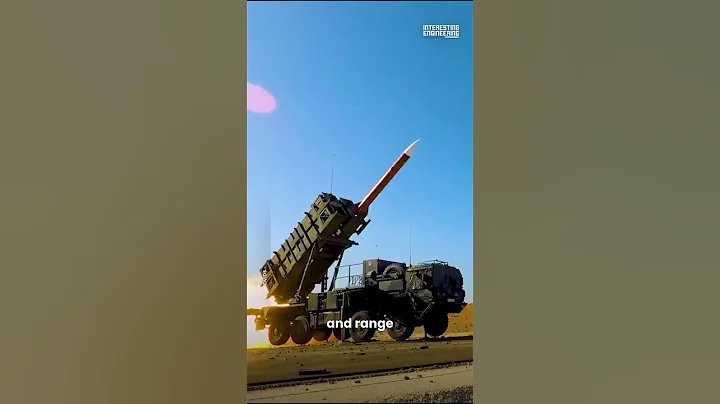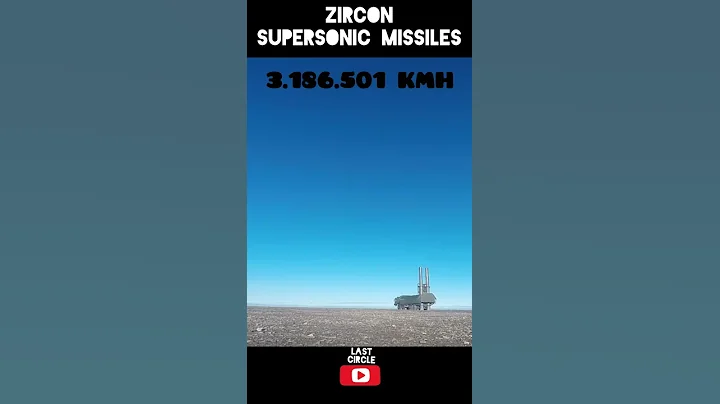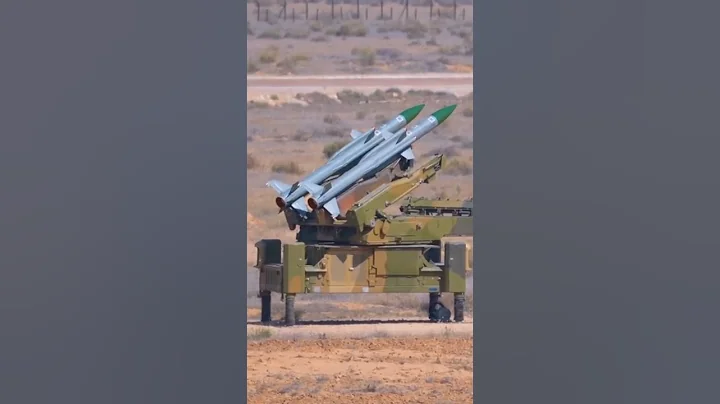The most exciting thing for military fans across the country these days is probably the launch of our domestically produced 003 aircraft carrier "Fujian Ship". The words , electromagnetic catapult, , 100,000-ton class, and nuclear power were all unthinkable before, but now they have become the hottest topics of discussion among military fans. Everyone is not only discussing what kind of "black technology" is available on the Fujian ship, but also when the No. 004 will be released. It's really going back and forth.

But what I want to talk to you about today is the most common, routine but also the most dangerous thing on an aircraft carrier, which is the take-off and landing of carrier-based aircraft.
Carrier-based aircraft Maritime landing is recognized as one of the most difficult subjects in the world. It usually takes more than ten seconds for a carrier-based aircraft to enter the route and align with the center line. These ten seconds are known around the world as the "Ten Seconds of Horror."

Although the aircraft carrier seems to be a behemoth when standing on the deck, when viewed from the plane, the aircraft carrier is similar to a stamp or the size of a matchbox. The short 36-meter runway looks like a match head, and the aircraft carrier on the runway looks like a match head. The four blocking cables are as thin as spider silk.
Navy carrier-based aircraft pilots are nicknamed "dancers on the tip of the knife", while driving fighter planes to take off and land on aircraft carriers is called "dance on the tip of the knife."
aircraft carrier deck layout
Someone once asked where the most dangerous airport in the world is. The answer is undoubtedly the flight deck of aircraft carrier . It looks like a flat flight deck, but there are actually many "doorways" on it.
Aircraft Carrier Island
There is a necessary island on the deck for every aircraft carrier. It is the central nervous system of the aircraft carrier. The aircraft carrier island has an aviation bridge and a navigation bridge, as well as radar, communication antennas, electronic warfare equipment and other equipment. The navigation bridge is responsible for the navigation of the aircraft carrier, fleet formation management, information collection, etc., and is generally located in front of the aircraft carrier. The aviation bridge is mainly responsible for the take-off and landing of carrier-based aircraft, and is generally located behind the navigation bridge. On conventionally powered aircraft carriers, the island is often used to house the chimney of the main engine.

Take-off area

The take-off area is located at the front of the deck, with fenders and other devices on it. The ship baffle is mainly used to block the flames and heat ejected from the tail nozzle when the carrier-based aircraft takes off, so as to prevent it from affecting the normal operation of other carrier-based aircraft and causing damage to personnel on the deck.
The landing area
will have arresting ropes and helicopter take-off and landing points, as well as two take-off points so that carrier-based aircraft can take off with a full load.

Next to the bridge is the parking area. There are two lifts in the parking area, which can also be used for parking when not in use.
Other equipment
The deck also has landing assistance equipment, ammunition elevators, close-in defense weapon systems, landing control rooms, etc. Once this maritime airport becomes active, this small space will be filled with various aircraft, vehicles and personnel.
Carrier-based aircraft taking off
Data shows that the risk index of carrier-based aircraft pilots taking off and landing on the deck is five times that of astronauts and 20 times that of ordinary pilots. This shows how dangerous this job is.
There are currently three main types of takeoffs, namely short vertical takeoff, catapult takeoff and ski jump takeoff.
short vertical take-off
short vertical take-off, as the name suggests, means that the fighter aircraft only needs a small area to take off and land. It is highly efficient and very advanced.

However, the design of this kind of carrier-based aircraft is difficult, and carrier-based aircraft generally cannot take off with full fuel and bombs. They consume huge amounts of fuel when taking off vertically, which will cause the combat radius to be greatly reduced. Therefore, aircraft carriers using these fighters mainly adopt short takeoff and vertical landing.
The three famous vertical take-off and landing fighters in the world are the British Harrier fighter , the former Soviet Union's Yak-38 vertical take-off and landing fighter and the American F-35b fighter .

Harrier and Yak-38 have now withdrawn from active service due to performance and technical reasons, and in the field of handling take-off and landing, only F-35b is left to stand out.
Ski jump take-off
Ski jump take-off is a commonly used take-off method for Soviet aircraft carriers. Its technology is relatively simple, that is, the front end of the deck is made into an upturned slope of 12 to 14 degrees. After the carrier aircraft taxis, it rushes out of the deck along the upturned slope until it finally reaches the predetermined height and speed to complete the takeoff.

However, an aircraft carrier that adopts a ski jump must adjust the direction of the aircraft carrier when the fighter jets take off, and must sail against the wind at a minimum speed of more than 36 kilometers per hour to help the carrier-based aircraft take off. If there is a tailwind, the carrier-based aircraft will be very risky to take off.
catapult takeoff
catapult takeoff can only be applied to straight decks. When the launch takes off, the pilot controls the aircraft to release the brakes and increase the power. Under the action of the catapult power system, the reciprocating vehicle pulls the drawbar hanging on the aircraft to accelerate along the guide slide rail and slides for 100 meters. The distance reaches liftoff speed.

ejection takes off to accelerate the aircraft to a speed of 260 kilometers/hour. At this speed, it can be ensured that the aircraft can take off safely when its own engine is working normally.
Steam catapult
In 1950, the British Navy began a series of tests on the more advanced steam catapult on the Perseus aircraft carrier. In 1952, the test of the steam catapult was successful. This device, called the Mitchell catapult, was officially equipped and is still in use today. The U.S. Navy purchased the patent and eventually developed it.

In fact, the ejection process is not complicated. When the fighter plane taxis to the designated position, the tow bar on the landing gear connects the aircraft to the shuttle, and the obstruction bar holds the aircraft behind the landing gear, and the aircraft's afterburner is turned on to the maximum. When the controller presses the button, the power of the aircraft's engines plus steam pressure causes the snag to disengage from the landing gear. The shuttle drives the aircraft forward rapidly at a speed of 260 kilometers per hour.
Whether steam ejection or electromagnetic ejection is used, the shuttle is the only part exposed on the flight deck, and all the differences are below the deck.

Steam ejection will have two ejection cylinders under the deck. When high-temperature compressed air is injected into the ejection cylinder to a certain extent, a carrier-based aircraft can be ejected by suddenly releasing it.

There are two electromagnetic guide rails under the electromagnetic ejection deck. When the throttle is fully opened, a large amount of power is injected into the two electromagnetic rails. A powerful wave of electromagnetic waves pushes the aircraft off the deck and into the air.
Disadvantages of steam ejection
Steam ejection can accelerate a 30-ton aircraft to 140 knots, but its shortcomings are also obvious, that is, the energy conversion rate is relatively low. Pushing an aircraft of more than 30 tons to 140 knots actually uses less than 10% of the energy supplied to the steam catapult. It is generally considered to be 7% to 6%.
The second disadvantage of steam ejection is that it requires the use of a large amount of fresh water, which will put a lot of pressure on the supply of the entire aircraft carrier.
Another point is the development of drone technology. Many types of naval drones are beginning to be put on ships. However, drones are generally weak in structure. Using a catapult will cause the drone to eject and disintegrate. occur.
Advantages of electromagnetic ejection
Electromagnetic ejection has a relatively high energy conversion rate, which can reach more than 90%. Moreover, the preparation time for electromagnetic ejection can reach forty-five seconds before the next ejection can be carried out. Steam ejection requires a long preparation time. The short preparation time of electromagnetic ejection brings higher attendance rate.

Electromagnetic ejection can adjust the energy of ejection, and can relatively soften the impact force during the ejection process. For relatively small aircraft such as ejection drones, electromagnetic ejection may be the only option now.
Landing
There are currently only two methods of landing, one is vertical landing, and the other is to block landing. At present, intercepting ship landings is the main method used by various countries, and this method is more technically demanding than taking off.

According to statistics, accidents that occur when U.S. carrier-based aircraft land on ships account for 80% of the total accidents. Although there are human reasons, there are also equipment failures. In order to ensure that the aircraft lands safely and accurately, some technical measures are taken on the deck to help the aircraft land.
Landing arresting cable
Since the aircraft carrier flight deck is shorter and narrower than the airport runway, often less than one-tenth of the land-based airport, the aircraft landing point must be very accurate. For this reason, modern aircraft carriers have specially set up 3 or 4 blocking ropes.

The first lane is located 55 meters away from the stern end of the inclined deck, and then every 14 meters, stretched by a bow spring, about 30 centimeters above the flight deck.

Taking lane 4 as an example, it is safest for a fighter plane to hang on lanes 2 and 3. Hanging on lane 1 proves that it is too low when landing and there is a risk of hitting the stern of the ship. Hanging on lane 4 proves that it is too high. There is a risk of running off the deck.

Therefore, when the pilot is landing, there will be risks if the pilot is not stuck on the 2nd or 3rd track.
Arresting cable is the lifeline of carrier-based aircraft. It is not easy to create an excellent arresting cable. Currently, only China and the United States can completely manufacture it.
Most US military aircraft carriers use the MK7 arresting system. Its arresting cable is about 35 mm in diameter and consists of 6 steel ropes twisted together. Each set of steel ropes is tightly wound together with 12 main steel wires and 12 auxiliary steel wires. , can withstand a maximum pulling force of about 850,000 cattle, and can pull a 23-ton carrier-based aircraft.
The price of this kind of arresting cable is not cheap, one costs 1.5 million US dollars, and an aircraft carrier needs to lay 3 to 4 arresting cables, which must be replaced after a certain number of uses (about 100 times).
To drop the speed of more than 200 kilometers per hour to zero, the impact on the pilot is extremely great, and the deck will also swing up and down with the surge. It is no less difficult for the pilot to stay calm and accurately hook the arresting rope than at 100 meters. The delicate work of threading a needle while sprinting.
If the carrier-based aircraft fails to land, then it is not a carrier-based aircraft. It may be a " missile " hitting the deck, which will endanger the personnel and equipment on the entire aircraft carrier deck.
If the landing position is too low, it may hit the stern of the ship; if it is too high, it may fall into the sea. Therefore, carrier-based aircraft pilots must increase the throttle to the maximum at the moment of landing and be ready to escape and go back if the landing fails, otherwise they may endanger the lives of themselves and their comrades. Therefore, airborne aircraft pilot students must undergo rigorous training on land-based runways before boarding ship certification.
When an airborne aircraft lands, the surrounding environment has a great impact on it. It is necessary to accurately know the deck wind direction and wind speed. Practice has proved that the deck wind speed is most suitable for landing when the deck wind speed is 25 knots.
my country's "first person to land a ship" Demingmeng once said, "An aircraft carrier looks like leaves during the day and stars at night." One can imagine the danger and difficulty of landing a ship.
Aircraft carrier ground staff

At present, the division of labor of aircraft carrier ground staff has been very detailed. For example, in order to facilitate the identification and determination of the degree of danger of the work, deck staff usually wear clothing of specific colors to distinguish them.
Before each aircraft takes off, the staff must check the deck very carefully. At the same time, in order to ensure that each takeoff and landing is smooth, pilots must conduct takeoff and landing training every day unless there are special circumstances, and design some plans and plans. to avoid disaster.
Although taking off and landing aircraft carrier-based aircraft are full of risks, pilots still regard being able to fly carrier-based aircraft as the highest honor.
Nowadays, with the development of science and technology, various auxiliary facilities for take-off and landing have become more complete, and the driving level and psychological quality of pilots are also getting higher and higher. These have better guaranteed the safety of deck take-off and landing.












